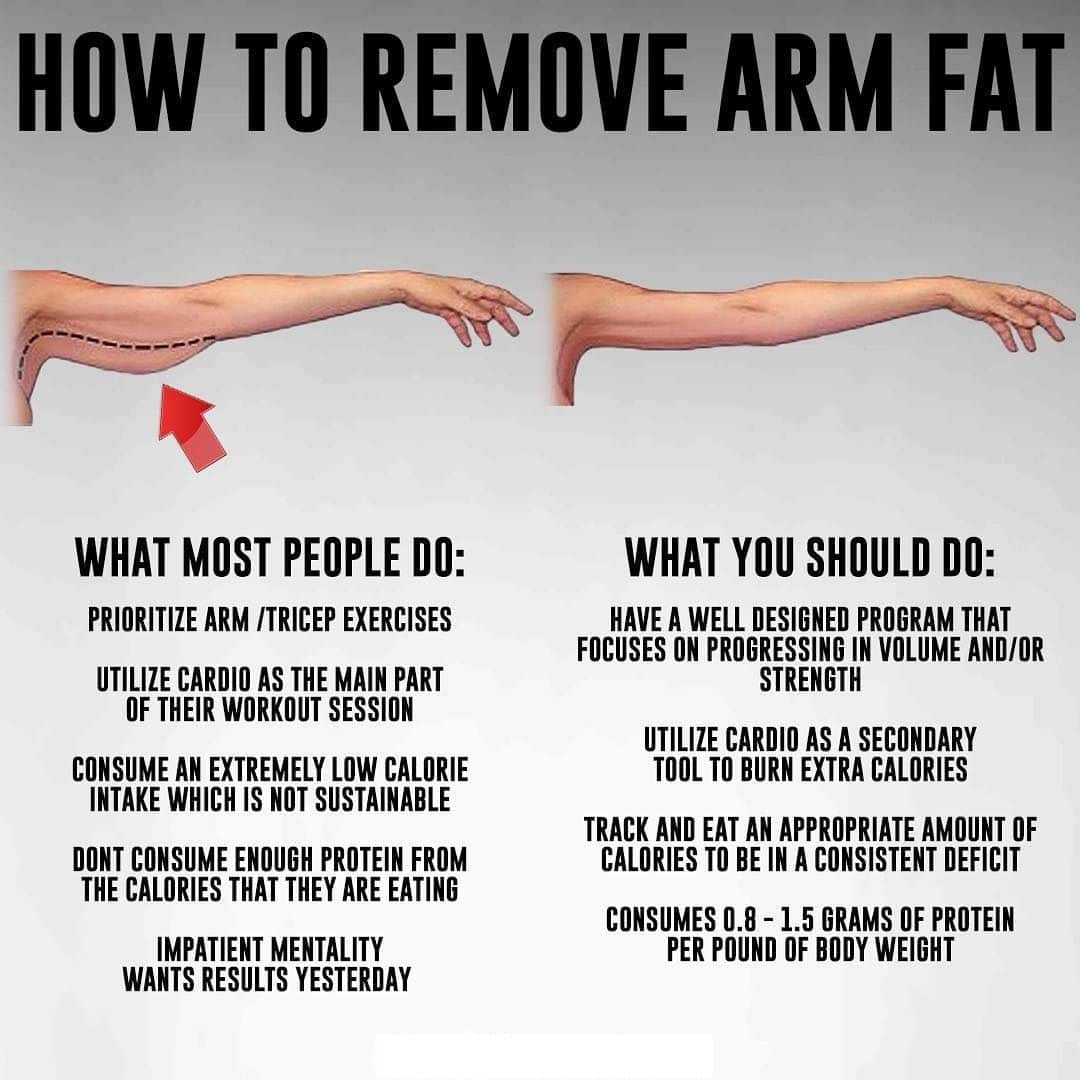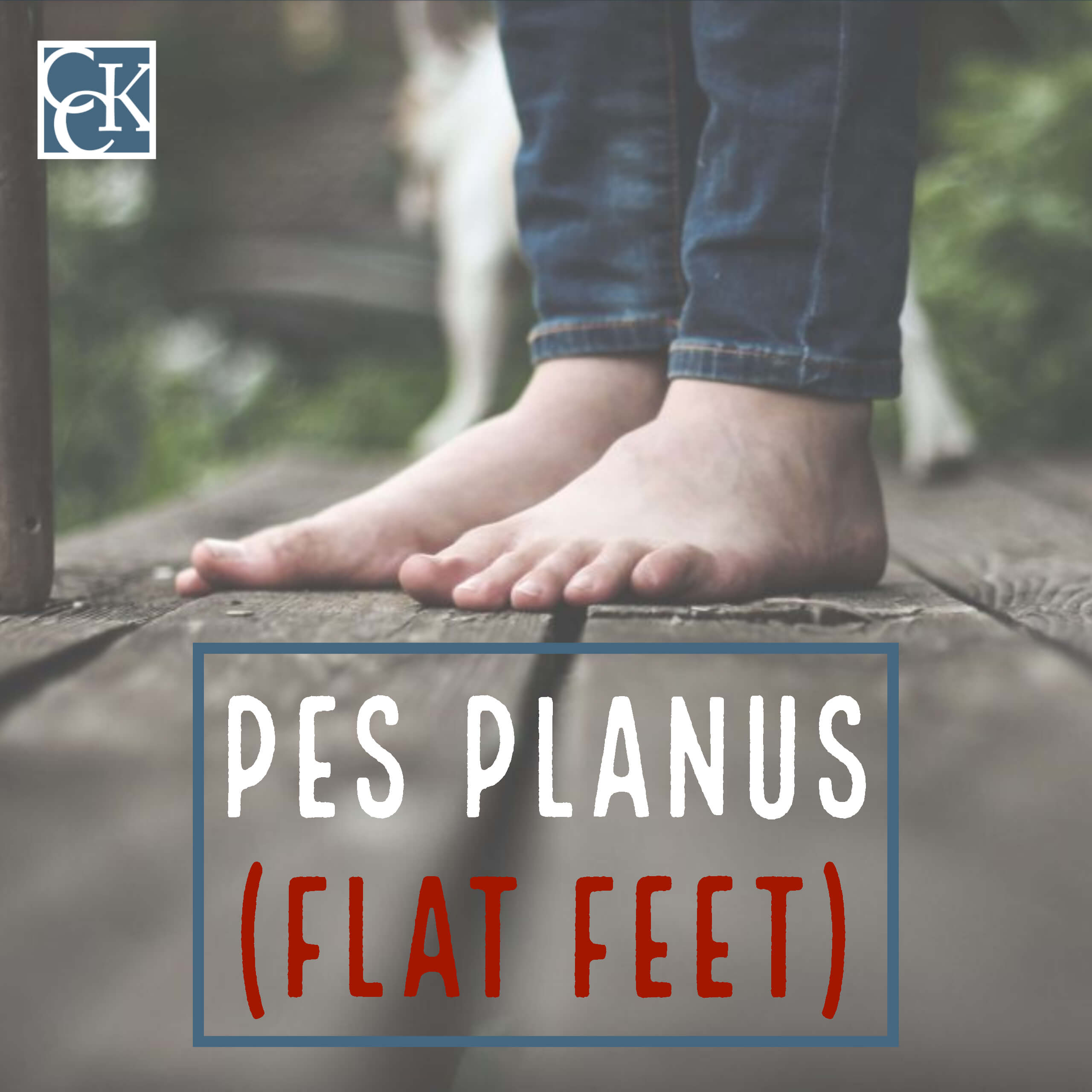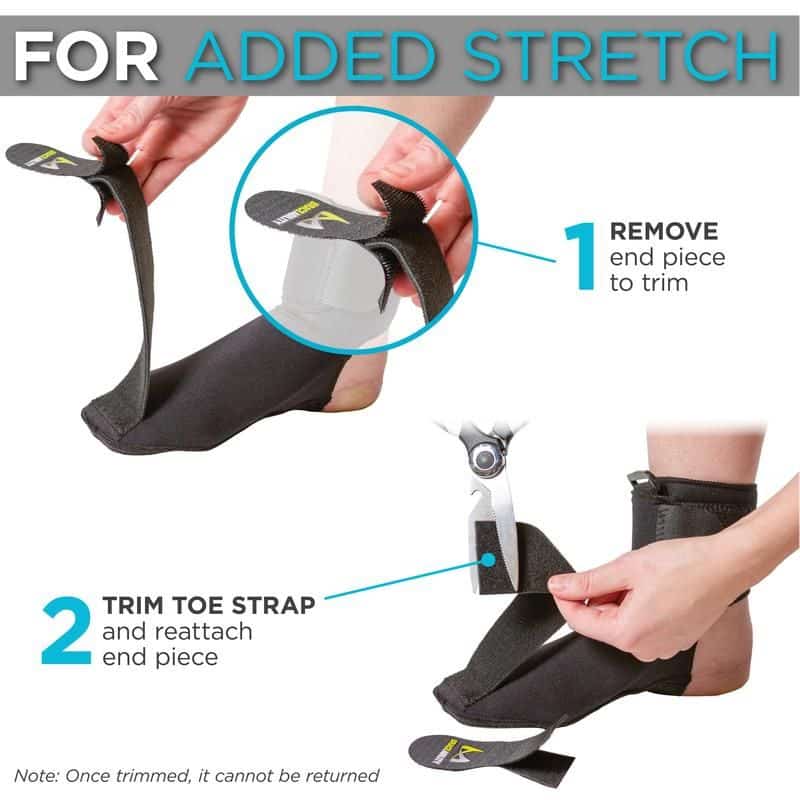Do You Need Help Getting Va Disability For Flat Feet And Plantar Fasciitis
Are you having trouble getting VA disability for flat feet and plantar fasciitis? If you have been denied disability, or have received a wrongful ratingwe can help.
Available to vets all over the US, we specialize in getting veterans the compensation they deserve. Whats more, you only have to pay for our services if we win your case for you.
Contact us and get help appealing today.
How Foot Pain Impacts Your Overall Compensation
Your VA disability rating for foot pain from pes planus or plantar fasciitis can affect your overall disability rating and compensation in a number of ways.
For example, it may be that your condition is a secondary service-connected disability. If so, the rating you receive for this will impact your existing rating.
Whats more, if you do not have a 100% disability rating, but are unable to work because of your foot conditionyou may be entitled to total disability based on individual unemployability . If you apply, and this is granted to you, you will be compensated at the 100% level.
Lastly, if your foot pain VA disability is so bad that you have effectively lost the use of them, you may qualify for loss of use with the VA. If this goes through, you will be eligible to receive additional Special Monthly Compensation.
The exact amount of compensation that you will receive for your foot pain depends on a number of factors. To calculate what effect your VA disability rating for foot pain will have on your compensation package, you can use our VA disability calculator.
How to claim secondary service connection for a VA disability
Foot Conditions Prior To Service
If you had a foot condition prior to entry into service and then service made it worse, you can still get service connection. However, you have to show that your foot condition was worsened beyond its natural progression by service. Here, veterans should focus on developing evidence that shows the foot condition was not as severe before service as it was after service. While this is a higher standard, service connection is still possible. This type of service connection based on aggravation is outlined in 38 USC § 1153.
Read Also: Disability For Arthritis In Spine
What Do I Do If Va Denies My Flat Feet Claim
If you have been diagnosed with flat feet by an orthotics expert, podiatrist, or medical professional and are experiencing symptoms of flat feet, it may be beneficial to apply for VA disability compensation. There are a lot of veterans who have encountered a single disqualifier that has completely stopped their progress. If you have been denied or received an unfavorable decision, please contact our office to see how we can assist you with an appeal.
How useful was this post?
Moderateva Disability Rating: 10%

If during your examination the VA doctor finds certain qualifying criteria, you may be assigned a VA disability rating of 10%. The qualifying criteria are as follows:
- Your weight-bearing line is over your big toe
- You experience pain upon manipulation or when using the foot
- You have inbound bowing of the Achilles tendon
Don’t Miss: 90 Percent Va Disability How To Get 100
List Of Va Secondary Conditions To Flat Feet
In veterans with symptoms, there may be complaints of the midfoot, heels, lower legs, knees, hips, and or back pain, which can all be linked and rated as secondary conditions to flat feet.
Other conditions linked to flat feet in a bi-directional relationship include leg length differences, pregnancy, Marfans syndrome, rheumatoid arthritis, and scoliosis, obesity, injuries to your foot or ankles, and diabetes.
Secondary Conditions For Plantar Fasciitis
If you have served the military and have developed plantar fasciitis years after leaving the military due to any other related foot deformity, you would still be eligible for claims as per the VA ratings.
For availing VA Ratings and benefits due to secondary reasons, you need to have a service connection as a veteran on a secondary basis showing the root cause and related cause termed as a showing of causation.
It requires proof that the secondary disability is closely related or closely caused due to the service-related disability.
This means, e.g. if you have developed arthritis while serving the military, and the plantar fasciitis has been a secondary development due to arthritis, which means you can still apply for VA ratings for plantar fasciitis through arthritis.
As per the law, 3 elements satisfy you for this condition:
- A prior medical/current diagnosis of Plantar Fasciitis with previous medical records or private records.
- A primary disability/disabilities caused in the services that have/have led to the secondary disability being Plantar Fasciitis
- Medical Nexus Connection that shows a relation between the primary and the secondary disability being Plantar Fasciitis.
All of these can also give you chances of increased VA ratings with appropriate proof:
Don’t Miss: 7 Day Waiting Period For Short Term Disability
Contact A Veterans Benefits Attorney
If you are a Veteran with flat feet or plantar fasciitis and need help applying for benefits or appealing a denied claim, contact the office of Sean Kendall, Attorney-at-Law for a free, no-obligation consultation. We will work to protect your legal rights and help maximize the benefits you deserve. Call us today at 877-629-1712 or use our online contact form to find out more.
|
Related Links: |
Direct Service Connection For Foot Conditions
Prior to receiving disability compensation from VA, veterans must prove that their disability is related to service. Generally, to establish direct service connection you must have a current, diagnosed disability however, you can sometimes argue that broader symptoms resulting in impairment also warrant service connection even if there is no actual diagnosis.
The next step in establishing direct service connection involves demonstrating the occurrence of an in-service event or injury. The final component requires a medical nexus, or link, between the in-service event and the current disability. If all three of the above-mentioned elements are met, VA should award service connection for your foot condition and then assign a disability rating.
Don’t Miss: Social Security Disability Earnings Limit 2022
Pain In The Arch Of The Foot Or Bottom Of The Heel
A telltale sign of plantar fasciitis is pain in the foot, mainly on the bottom of the foot, right in the arch, or in the heel of the foot.
Since the fascia is a large tendon on the bottom of the foot, tears and strain on the tendon can cause pain when walking or moving your toes. For many Veterans, the tissue in the foot can become damaged, uncomfortable and tender to the touch.
Symptoms And Side Effects Of Flat Feet
The severity of flat feet can vary from case to case and can also contribute to other conditions including but not limited to:
The above-listed conditions can often lead to the necessary use of inserts, insoles, or in severe cases, surgery. Contacting a knowledgeable medical professional and then working with an experienced law firm before your conditions become too severe can save veterans a lot of pain and discomfort.
Recommended Reading: Short Term Disability In Illinois
Pes Planus Leading To Secondary Conditions
Some Veterans may suffer from pes planus that stems from their military service. However, if the condition causes another disability, the Veteran can receive disability benefits for the other condition on a secondary basis. This is known as secondary service connection.
If you are diagnosed with flat feet, your doctor may be able to trace your development back to an injury that you sustained while you were serving in the military. Examples of conditions that may arise as a result of flat feet include:
- Degenerative Disc Disease
- Arthritis of the Foot
- Back or Knee Pain
Secondary conditions can influence your overall disability rating, and they can be extremely helpful in getting you the benefits that you deserve from the VA. Its always essential to inform the VA of any secondary conditions you may have in addition to your primary disability.
Va Disability Ratings For Foot Drop

VA considers foot drop, for the purposes of rating criteria, a paralysis of the sciatic nerve, or sciatica < check out our blog on that. Thats Diagnostic Code 8520. That code ranges from 10% to 80%, depending on the severity of the paralysis to the sciatic nerve. Well skip a few and get into the 80% rating, which is typically what foot drop should be rated.
40% rating: moderately severe paralysis of the sciatic nerve.
60% rating: This is for veterans who have partial paralysis of the sciatic nerve. This means that the paralysis is severe, and there is a lot of muscle wastage or atrophy.
80% foot drop rating: this rating is given to veterans who have lost movement in the muscles below their knee. This would apply to veterans whose feet dangles and drops, meaning no active movements are possible in those muscles. Flexion of the knee may be severely affected.
Whenever VA has to rate a specific disability by adapting a different conditions diagnostic code is where it usually tends to get very complicated. We believe vets with foot drop should really be at 80%. Check out our foot drop video below.
You May Like: Disabled Veterans Benefits By State
Va Claims For Depression
Depression is a serious mental health condition that affects the way a person thinks, feels, and acts. Symptoms of depression may include feelings of sadness, worthlessness, and hopelessness lack of motivation or interest sleep and concentration issues change in appetite irritability and fatigue.
Depression is rated under 38 CFR § 4.130, the General Rating Formula for Mental Health Disorders, at 0, 10, 30, 50, 70, or 100 percent depending on the level of social and occupational impairment.
Disabled Veterans Can Qualify For Monthly Va Benefits
The Department of Veterans Affairs offers monthly tax-free disability compensation to Veterans with service-connected disabilities. These disabilities can range in severity from mild to extremely serious. Depending on how severe your service-connected condition is, you can receive a specified amount of tax-free compensation per month. The amount you receive depends on how debilitating your condition is. In some cases, Veterans who suffer from severe service-related disabilities are left unable to work or function normally in everyday life.
For these Veterans, disability benefits can be life-changing. Without work, monthly compensation from the VA can be a Veterans sole means of supporting their family. VA disability benefits can keep a Veteran financially stable while they deal with their service connected disability.
Read Also: How To Disable Mcafee Popups
How To Increase Your Va Rating For Plantar Fasciitis & Flat Feet
For those suffering from Plantar Fasciitis and Flat Feet, we all know the sharp, stabbing pain that it can cause which makes it almost difficult to carry out any activity. However, Plantar Fasciitis does not happen to anyone or everyone but can be genetic or acquired externally. Veterans, especially, relate to this condition very well. Plantar Fasciitis is called a service acquired condition in their terms.
That is why veterans can avail themselves their share of benefits through VA ratings for different conditions. Especially for Plantar Fasciitis or Flat Feet, they first need to get their condition reviewed through experts in the panel. After this, they can acquire a suitable overall rating that can help them get their fair share.
Therefore, if you are a veteran or anyone who belongs to a veteran family, you need to know all about VA ratings and how to increase them to make sure that your deformity does not become a liability for others.
Read on as we help you understand the VA Ratings for Plantar Fasciitis and Flat Feet and how to apply for these benefits for the best of your interests.
Navigation
Va Claims For Paralysis Of The Sciatic Nerve
Sciatica is a nerve condition in which pain radiates along the path of the sciatic nerve, traveling from the lower back down through the legs. It occurs when the sciatic nerve is compressed or pinched.
Common symptoms of sciatica include numbness, tingling, burning sensation, and muscle weakness.
Paralysis of the sciatic nerve, the most severe form of sciatica, is very common amongst veterans, primarily because it is linked to back and neck issues.
VA rates sciatica under 38 CFR § 4.124a, Schedule of Ratings, Neurological Conditions and Convulsive Disorders. Specifically, paralysis of the sciatic nerve is rated under Diagnostic Code 8520 at 10, 20, 40, 60, or 80 percent.
You May Like: California Disability Insurance Phone Number
Can I Get Service Connected For A Flatfoot Condition
When I was just a young lad I remember having a conversation with someone who was told he couldnt join the military because he had flat feet. Years later I would realize that there were many other reasons for him not being qualified for military. As a tween, I remember that conversation, and for some reason it stuck with me. As an individual who now works with Veterans, imagine my surprise when I would hear Veterans talk about filing claims for flat feet. I immediately would wonder how they got into the military with their flat feet. Well, its something that has been in the back of my mind for a while, so I decided to do a little research. It turns out I had a lot to learn.
What are flat feet? According to WebMD, which is like chocolate for hypochondriacs, Flatfoot is a condition in which the longitudinal arch in the foot, which runs lengthwise along the sole of the foot, has not developed normally and is lowered or flattened out. One foot or both feet may be affected.
I also learned that flatfoot can develop later on in life. This can explain why some individuals who may not have had issues during an entrance exam may have issues later on their military career. Sometimes foot injuries can cause flatfoot too. The big question here is: Can I get service-connected for pes planus? Absolutely you can! Lets look into how a flatfoot condition gets service connected through the VA.
- United Center | 500 Virginia St. E. Ste. 710
What Is The Pain Motion Principle For Flat Feet
The painful motion principle means that regardless of range of motion, if pain is present, the veteran should at least be awarded the minimum level of compensable disability for that condition.
For example, lets say you have full range of motion for your flat feet and no functional impairment or loss, but you have pain during movement, then you should be awarded the minimum level of disability for pes planus, which is 10%.
Also Check: Can You Get Disability For Hearing Loss And Tinnitus
Ratings For Pes Planus
VA rates veterans with flatfoot under 38 C.F.R § 4.71a, diagnostic code 5276. Veterans can be rated between 0 percent and 50 percent on a scale of mild to pronounced . The rating schedule is as follows:
- Pronounced: If veteran experiences marked pronation, inward displacement of the Achilles tendon on manipulation with spasms, and severe tenderness of the plantar surfaces of the feet, they may receive the highest rating for flat feet. To be considered pronounced, the condition cannot be helped by shoe supports and both feet must be affected.
- Veterans with pronounced bilateral flat feet are rated at 50 percent.
- Veterans with pronounced unilateral flat foot are rated at 30 percent.
Service Connection For Bilateral Pes Planus With Plantar Fasciitis

To file a claim for bilateral pes planus with plantar fasciitis, veterans will need to fill out and submit VA Form 21-526, Application for Disability Compensation and Related Compensation Benefits. Once the form is filled out, veterans can submit the form to VA online, in person, or by mail. They may also have a legal representative submit on their behalf.
In addition to this form, veterans will need to submit:
- A current diagnosis of bilateral pes planus and
- Evidence of an in-service event, or stressor, which caused the pes planus and
- A nexus linking the veterans pes planus to the veterans in-service event or stressor.
In order to establish bilateral pes planus with plantar fasciitis, veterans will also need to submit:
- A current diagnosis of plantar fasciitis and
- Medical evidence demonstrating the link between pes planus and plantar
Read Also: Working Part Time On Disability
Have You Been Denied Va Benefits
Suppose you are a veteran who has been denied disability benefits by the VA because they believe your foot drop is not severe enough. In that case, we hope this blog post has helped clarify how to get the proper VA disability rating for Foot Drop. We would love to hear from veterans in our community and learn more about their experience with disabilities.
However, if youve been turned away by VA and they denied you, do not hesitate to press the button below and get a free case evaluation on your active rating decision. If you still havent filed, we cannot help just yet. Go to VA Form 21-526EZ instead to start!
Whenever VA has to rate a specific disability by adapting a different conditions diagnostic code is where it usually tends to get very complicated. We believe vets with foot drop should really be at 80%. Check out our foot drop video below.